|
Forest Bathing sounds like something TreeGirl would be in to. After all being naked in the forest is a relaxing and cleansing experience. But there are no bars of soap or towels in this activity. In fact, forest bathing is more akin to basking in the atmosphere and the life force energy of the forest. It is both a healing practice of contemplation and multi-sensory engagement while taking a relaxing stroll through the forest. This is ecotherapy at its simplest: nature = healing. Lots of trees = even more healing. (In fact, studies show that the more biodiversity, the more health benefits.) It is a way to assist people in creating relationships with nature in a world of mass disconnection, distraction and technology addiction. Yet, it’s not the easiest thing to get oneself out of one’s busy plugged-in life outside on a trail and to simply take pleasure in one’s body being slow in nature. Thankfully, anyone can practice forest bathing, but it does take some skills, and that's where a guide comes in. The practice of forest bathing originated in Japan, where the traditions of Shinto (the “spirit or divine essence” that manifests in various living forms such as rocks, rivers and trees) and Buddhist walking meditation, and a cultural love and honoring of forests, has caught up with the increasing modern need for stress reduction. “Shinrin-yoku” (pronounced something like sheen-rleen yo-koo) translates into “bathing in the medicine of the forest”. Ahhh! a culture that acknowledges the medicine (that which heals) in the natural world, not simply a cure in a plastic Rx bottle! In fact, the Japanese government has, as of 2012, designated 48 official Forests for their people to walk in, as well as funding over 4 million dollars into scientific and medical research to prove the scope of possible various health benefits including: lowered blood pressure, lowered heart rate, elevated mood, lower cortisol or stress hormone levels, increased natural immune (or ‘killer’) cells and more. In other words, tests show that people feel better after taking a walk in the forest. That’s the kind of well, duh, sure, that makes sense, kind of reaction you’d get from most people who find mental, physical and spiritual rejuvenation from time spent in a forest full of living beings. The Japanese have been training forest therapists for years, and now it is spreading around the world. As TreeGirl I wanted to learn something new about the magic of the forest, and new ways to facilitate nature connection. So I assisted in teaching the first Forest Therapy Guide Training in the US. I facilitated ecotherapy sessions in expressive arts in nature and shared my knowledge of oaks. I also learned what is needed with this type of ecotherapy: people skills, bioregional knowledge, safety skills, community relation skills, specific pedagogy, as well as knowledge of the forest therapy research that is coming out of countries around the world. For modern, industrialized humans, simply cultivating the use all of our senses is a kind of life long proficiency, as the possibilities are endless for noticing, feeling and knowing the world of the forest. But you’d be surprised how much the ‘average’ person doesn’t really use all their senses! Forest bathing goes beyond the simple world of see, touch, hear, taste, and smell. It can include various ways of perception, intuition, and other non-traditional modes of sensing. For each participant, each experience is also unique. One may be invited to “lay down on the ground and enjoy the colors and textures in the sky” or “notice the air on your skin” or “ask a question to a tree and listen for an answer” or “imagine who calls this place home”. The simple act of slowly and mindfully touching a trickle of water in a creek became a holy experience for me, even though I have spent many, many times in nature and with water. Everyone will have a different experience with the same invitation. It may or may not have an emotional or spiritual impact, but often a deep feeling of realization that we take nature for granted and miss interaction with it, comes up. A sense of profound joy and peacefulness, is also not uncommon! One very special experience was the making and sharing of brewed tea at the end of each walk from plants that are mindfully wild-crafted during the walk. Nettles, blackberries, wild rose, Douglas fir tips, wild mint are just some of the edibles we decocted and drank ceremonially with surprising awe and pleasure. After an experience like that, one cannot help but feel gratitude for all the gifts from the Earth! Gratitude is another big theme of the practice of forest therapy, along with observing, interacting, contemplating, curiosity, offering, and engaging, among others. One thing is for sure: you will never look, smell, hear, taste or touch or feel your body in a forest or in nature the same way again. It uplifted my heart, mind, body and spirit in new ways, and I am very excited to share it with others.
3 Comments
Arkay Smyth
12/4/2023 02:30:07 pm
A perfect therapy for longevity of good health
Reply
Leave a Reply. |
AuthorTreeGirl is an author, photographer, arborist, naturalist, forest ecotherapist and conservation educator bridging humans with wild nature. Archives
September 2021
Categories |
- Home
-
Gallery
- African Baobab
- Antarctic Beech
- Bald Cypress
- Bristlecone Pine
- Blue Gum
- Big Leaf Maple
- Brush Box
- Blackbutt
- Boab
- California Bay Laurel
- California Buckeye
- California Sycamore
- Camphor
- Canyon Live Oak
- Cherry (Sakura)
- Coast Live Oak
- Coast Redwood
- Cork Oak
- Douglas Fir
- English Oak
- European Beech
- European Yew
- Fever Tree
- Fony Baobab
- Giant Sequoia
- Ginkgo
- Grandidier's Baobab
- Green Fig
- Hiba (Asunaro)
- Huon Pine
- Indian Banyan
- Japanese Beech
- Japanese Red Cedar (Sugi)
- Japanese Red Pine
- Katsura
- Kauri
- King Billy Pine
- Leadwood
- Little Leaf Linden
- Mangrove
- Mesquite
- Monterey Cypress
- Moreton Bay Fig
- Mountain Ash
- Northern Rata
- Nyala Tree
- Olive
- Ombu
- Oregon White Oak
- Pacific Dogwood
- Red Bloodwood
- Red Cedar (Australia)
- Red River Gum
- Sakhalin Fir
- Sessile Oak
- Sierra Juniper
- Sierra Lodgepole Pine
- Silver Beech
- Silver Gimlet
- Sitka Spruce
- Small Leaved Fig
- Spotted Gum
- Stewartia
- Sweet Chestnut
- Sycamore Fig
- Tallowwood
- Tanoak
- Totara
- Two-Needle Pinyon Pine
- Welwitschia
- Western Hemlock
- Western Redcedar
- White Birch
- White Willow
- Za Baobab
- About
- Book
- VIDEOS
- Forest Ecotherapy
- Blog
- Shoppe
- Contact
All Rights Reserved. All images and content © TreeGirl Studios– 2023, unless otherwise noted.

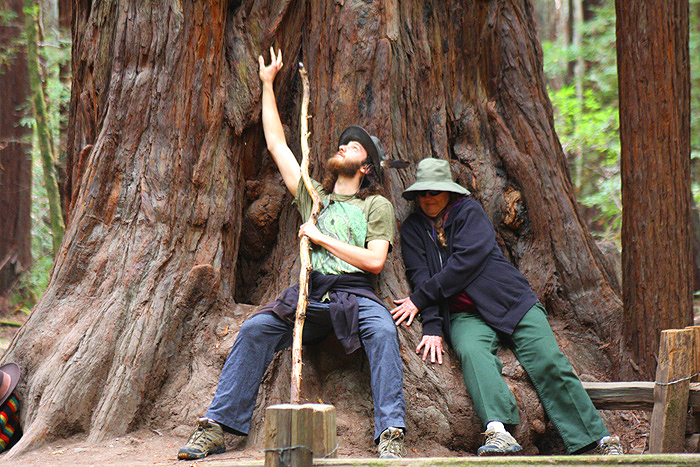
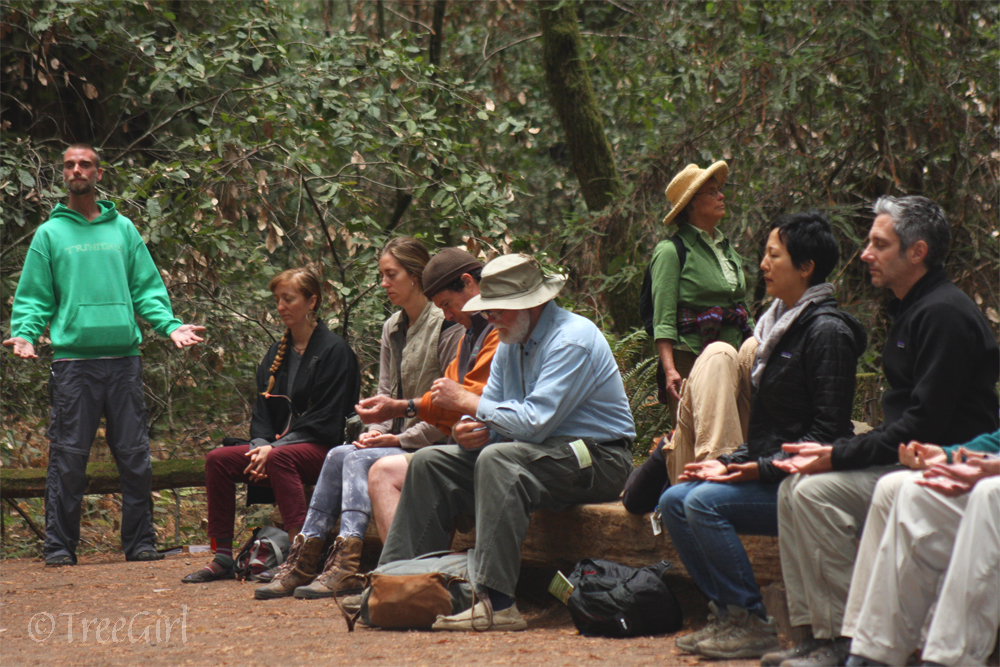
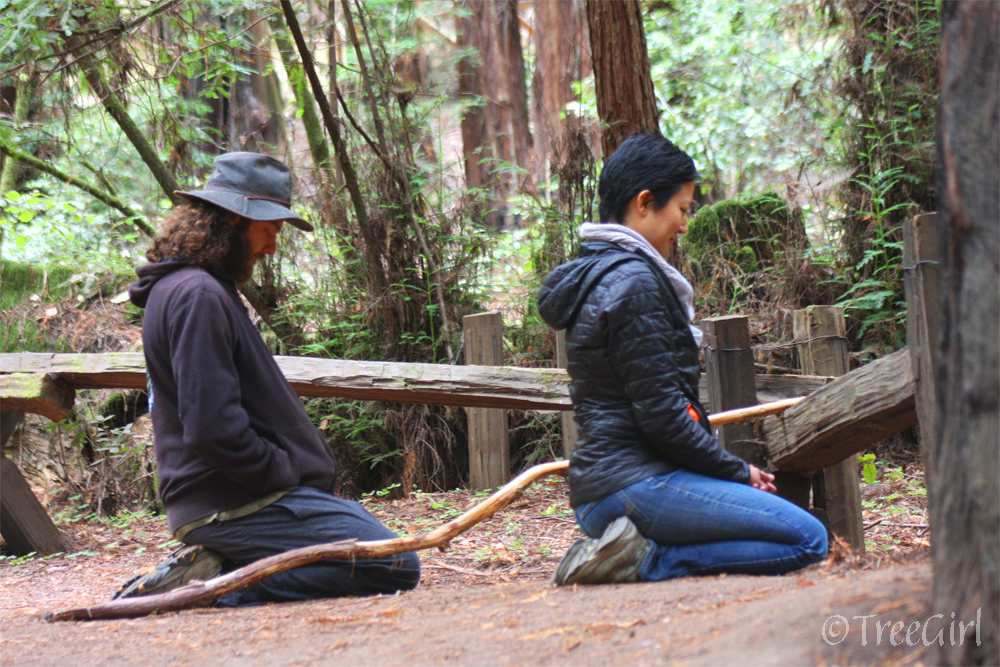
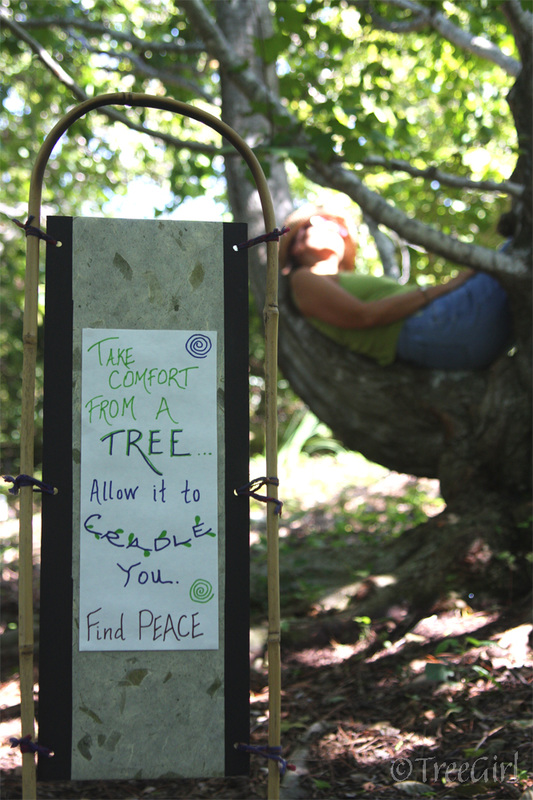
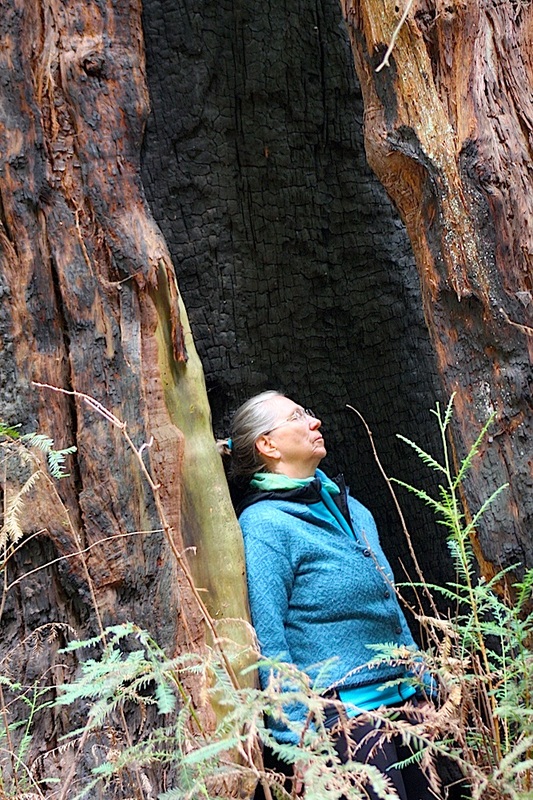
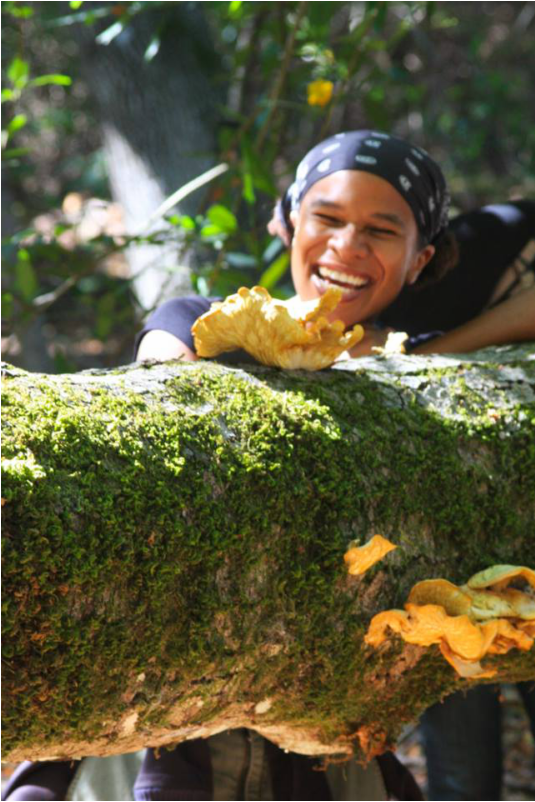
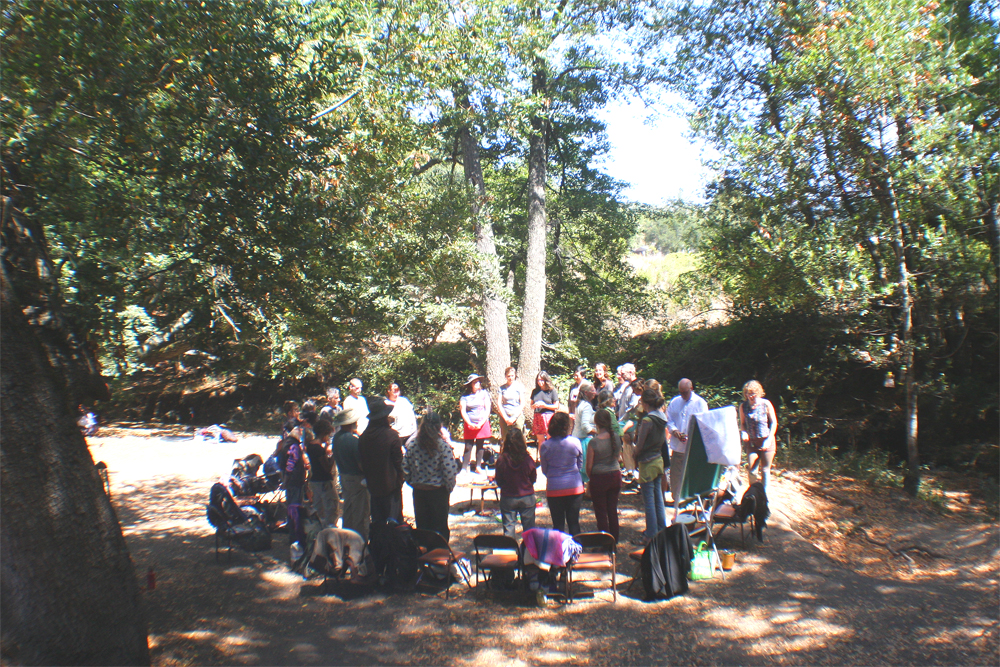
 RSS Feed
RSS Feed
